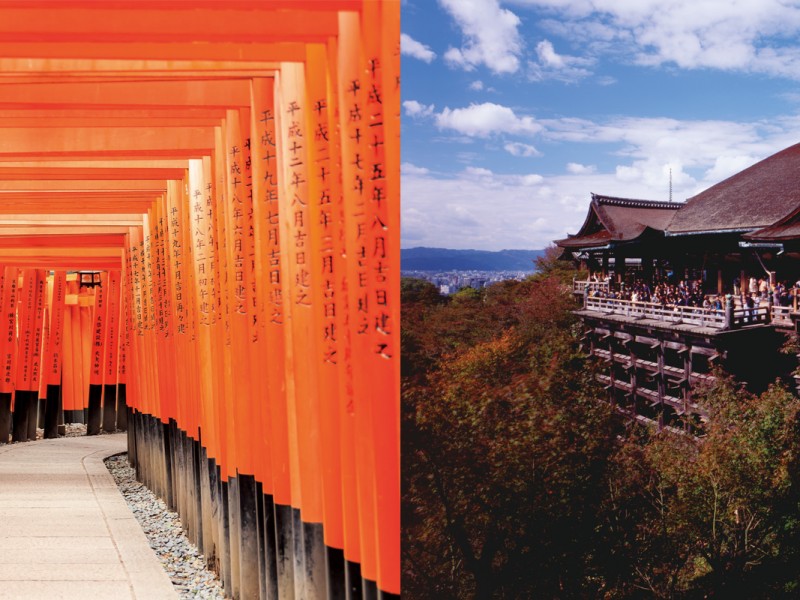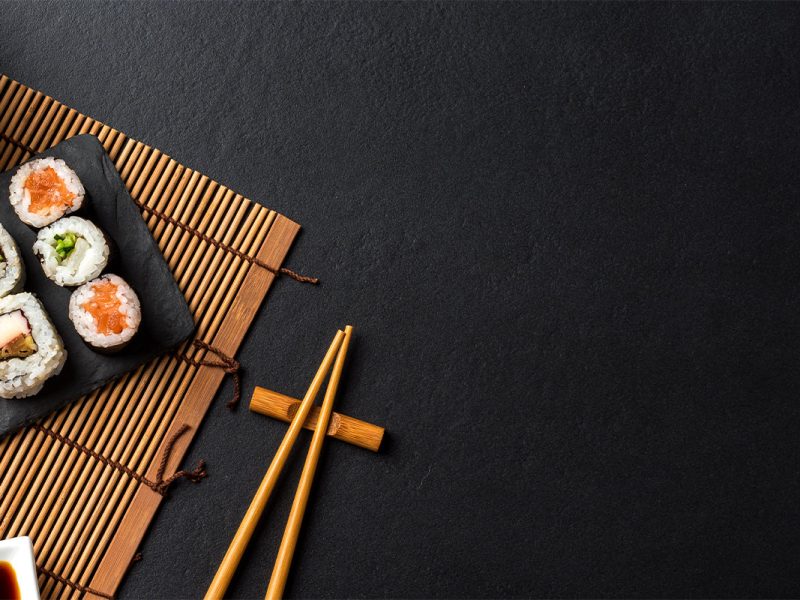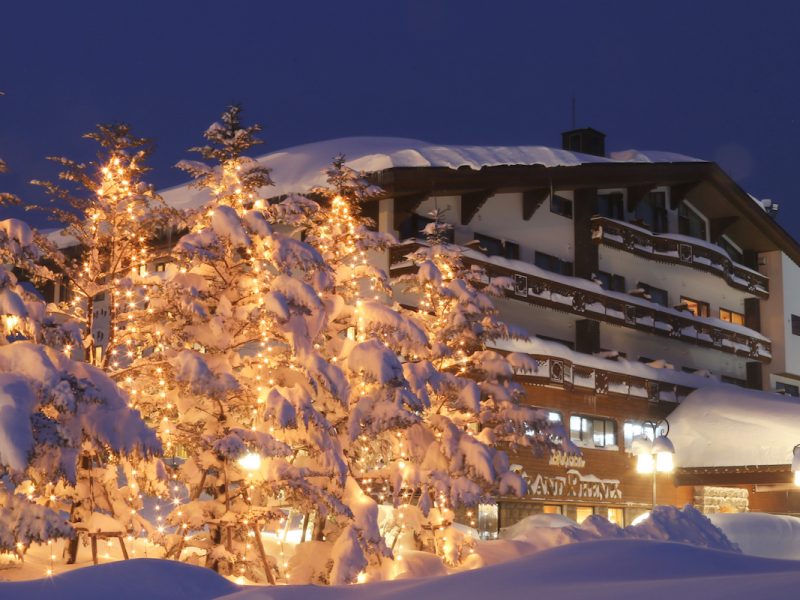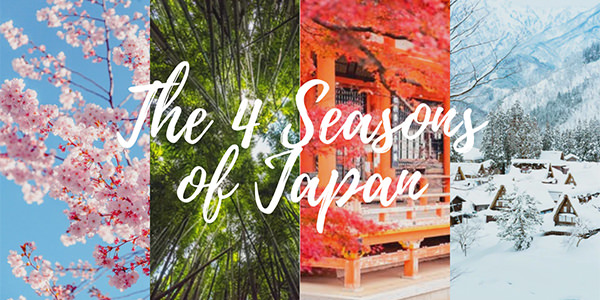Edomae sushi
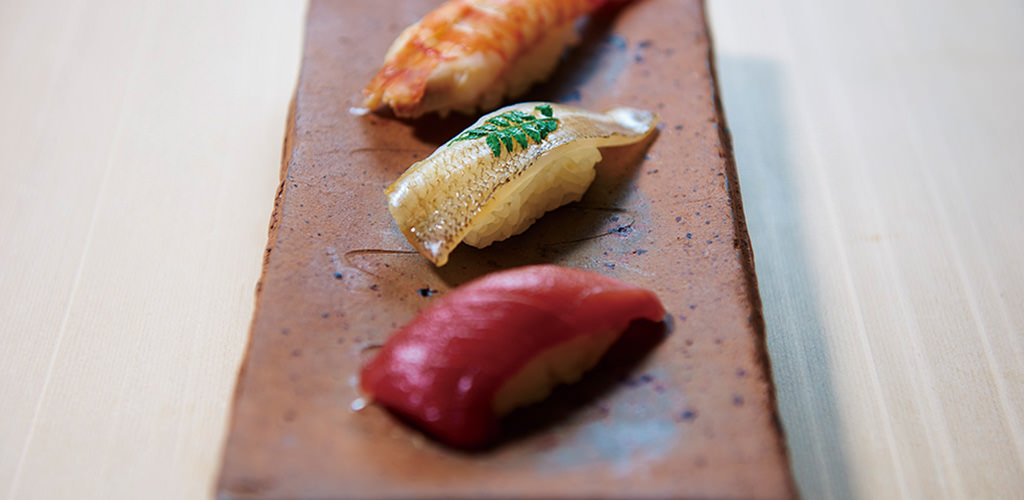
In the days before refrigeration, soy sauce, salt, vinegar and wasabi weren’t just optional extras with sushi; they were essential ingredients used to preserve the texture of fish, and keep bacteria from rapidly invading. The creative use of these ingredients established a number of traditional sushi styles around Japan, one of which is Edomae – the style native to Tokyo. If there is a perfect place to experience its authentic taste, Tokyo’s seafood mecca of Tsukiji is it.
Happi coats
Happi coats are traditionally the domain of the working class. They’re very easy to move in, and are a traditional sort of working uniform. The first happi displayed the crest of the family a worker served, and they are still used to display all sorts of messages, like group affiliations, job titles, and even slogans. The rickshaw drivers in Asakusa can often be identified by their happi coats. Happi are also considered ‘matsuri’ clothing, and people participating in traditional festivals will usually wear them.
Kawaii fashion
‘Kawaii’ means ‘adorable’, and this is an aesthetic Japan is practically obsessed with. Kawaii is everywhere in Japan – pop idols and anime in particular make heavy use of kawaii images. The epicentre of kawaii culture is Harajuku. Shops in Takeshita-doˉri and surrounding streets sell an abundance of kawaii accessories and clothing, and young people gather in Harajuku to show off their kawaii styles. Lolita styles in particular are the ultimate in kawaii fashion.
Hachikoˉ statue
The Hachikoˉ statue outside Shibuya Station is a popular local meeting point, dedicated to a canine Tokyo legend: Hachikoˉ. A dog who just wouldn’t desert his master, a Tokyo University professor, Hachikoˉ waited endlessly there for him to return after he suffered a brain haemorrhage and passed away in 1925. The statue was erected in honour of Hachikoˉ’s loyalty, and the exit of Shibuya Station he stands outside is officially named the Hachikoˉ Exit.



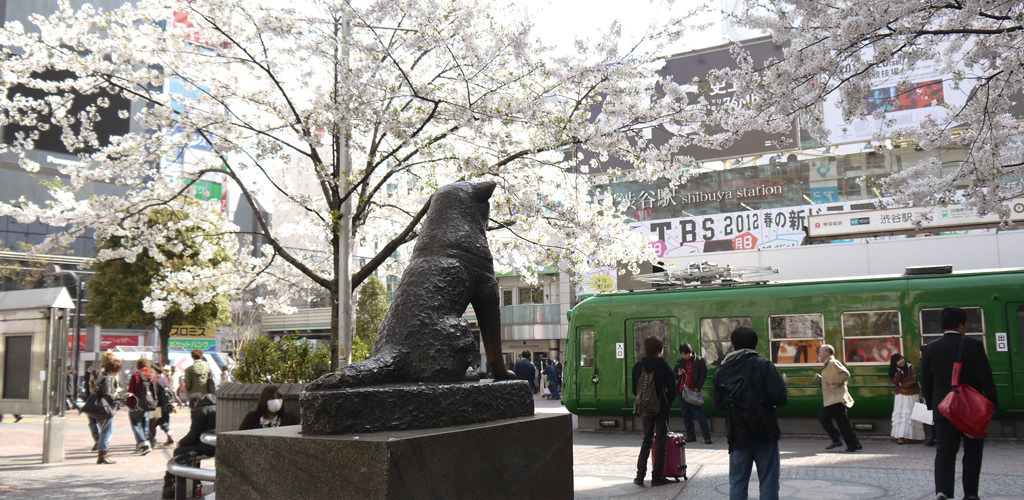


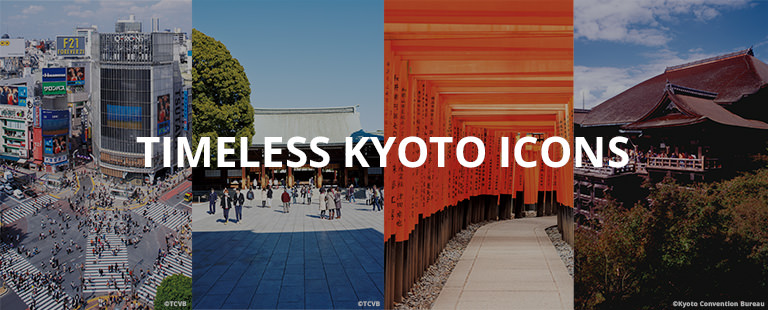
 | Temperature: 26
| Temperature: 26
